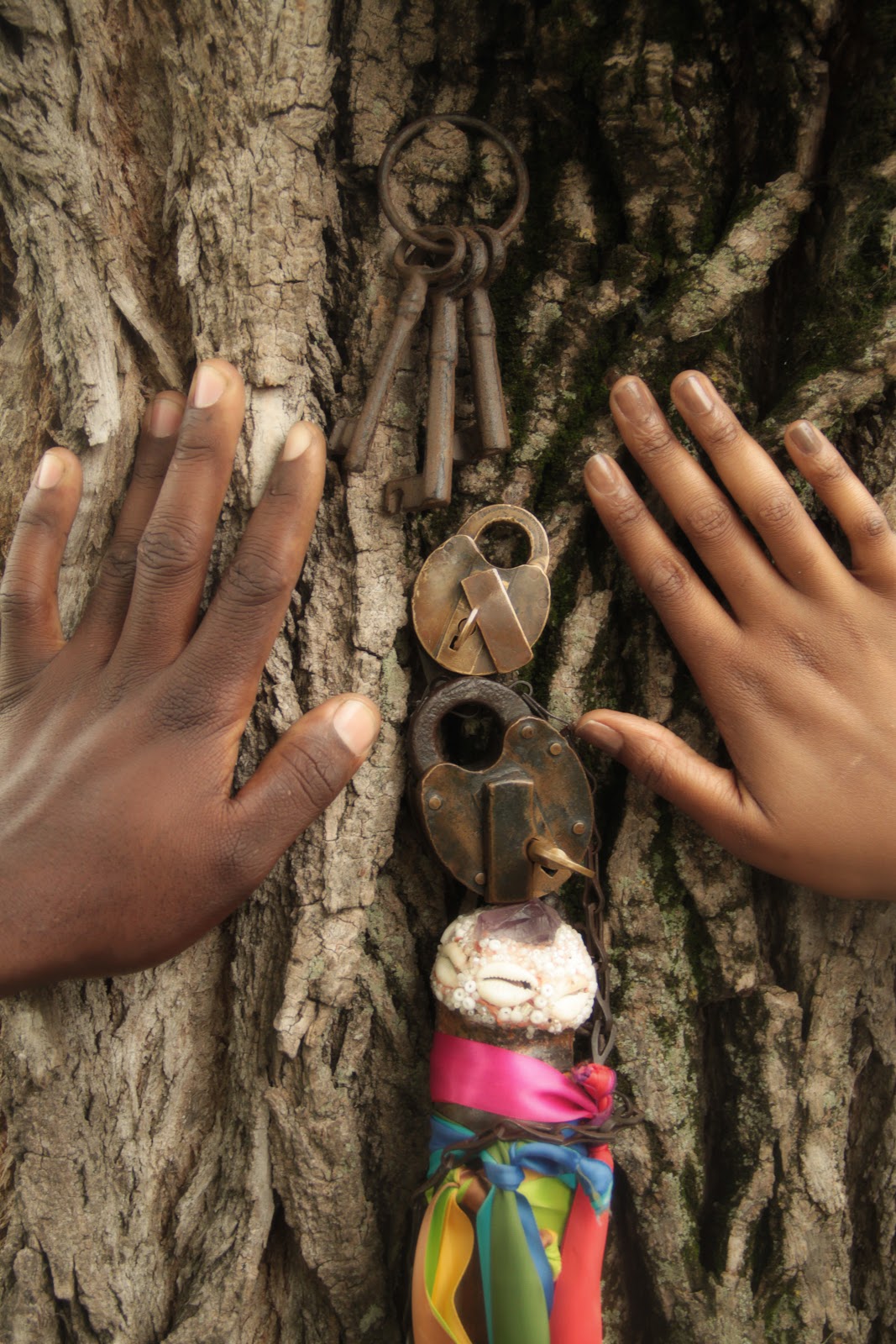Camille A. Brown’s style is social dance. She first describes dance as a language and then social dance as an expression that emerges from a community. Her work uses traditional African movements and the social dances that came from them and uses them in her choreography. The style is not very technical such as ballet or other contemporary companies such as Alvin Ailey. The choreography that she produces allows the dancers more freedom with their movements than if they were performing a piece for most companies. Most companies and pieces developed contain certain techniques that the dancers have to do well. Camille A. Brown gives the steps that have rhythm and the rest is up to the individual to make it into their own. Another aspect of her movement quality is to make the movements more pedestrian like which also helps make it less technical.
Another thing that she mentioned was that humans develop music and she likes to utilize and create a lot of rhythms. Camille A Brown said that Africans used dance as a language and it expresses their identity, so dancers should dance the movement in a way that is true to them. In a way, she is commemorating African traditions that created many social dances that have been white-washed over the years. Many of the social dances that become a trend, roots from black people. However, the majority of the dances are highlighted in the media and at social gatherings by white people. The dances have been appropriated and Camille A. Brown pays tribute to the dance’s origins. Similarly, Untold RVA shares stories that have been concealed by institutions and she brings light to its true history.
My question to Camille A Brown is how did she fist get into social dance and how long did it take her to develop her craft to become noticed and successful? Also, was her movement quality and her choreography accepted at first or was their hesitation from the public? After watching the performance, my new question is: what first motivated Camille to stay true to her craft in social dance and when/how did she decided to advocate for black history through dance?
